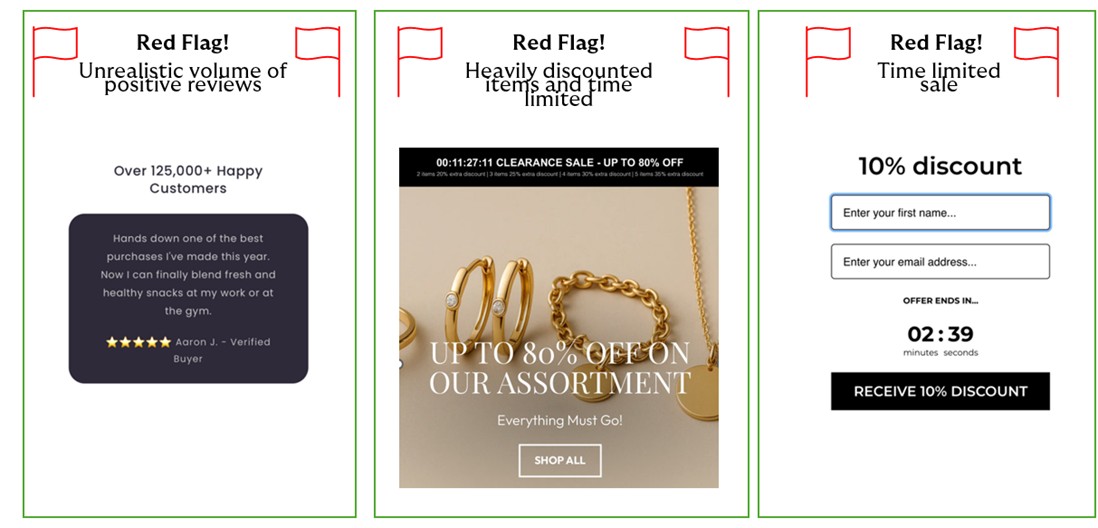Our purpose and strategy
Our purpose is Helping Britain Prosper.

Around £2 million pounds in card chargebacks have been claimed back by Lloyds customers following a rise in dodgy websites, according to the latest data from the bank.
Lloyds has analysed reports they’ve received this year about dodgy websites, with their research showing over 44k customers have made payments to these sites but managed to get their money back following a chargeback request.
A chargeback is a type of card payment protection which may help shoppers get their money back when something goes wrong.
With Black Friday approaching, spending is expected to rise. Last year, Lloyds customers spent around £594 million on debit cards during the Black Friday weekend - an 89.6% increase compared to the typical weekend average of £314 million. This year, customers are anticipated to match that level of expenditure.
As people flock online to secure in-demand Christmas gifts, scammers are watching, ready to deploy their fake websites and trick people into handing over cash to them, rather than real retailers.
Here’s how it works:
Here’s examples of real adverts Lloyds have seen on social media, designed to bait people onto dodgy websites, all with some stand-out red flags.

Lloyds has seen the scale of these dodgy websites grow rapidly.
Between the start of 2025 (January to March) and the summer, (July to September) the monthly number of these rogue merchants identified through customer disputes has doubled, rising from an average of 45, to 90. The actual number of rogue merchants is likely to be even higher.
More recently, in October of this year, 102 ‘rogue’ merchants were spotted.
When purchases are made using a debit or credit card, if the item doesn’t arrive or isn’t as described, a chargeback claim can be considered by the customer’s bank.
Before starting a claim, a customer must first try and resolve the problem with the seller directly. If the seller is unresponsive or refuses to help, the next thing to do is get in touch with the bank.
There are some time restrictions on making a chargeback claim – they need to be within 120 days of either the transaction date or the delivery date, if one is given.
If the purchase was made on a Visa card, a claim can be started after 15 days. If it’s a Mastercard, it’s a minimum of 30 days after the transaction date. The bank can then request the money back from the seller’s bank.
Lloyds’ customers can easily request a chargeback through the Lloyds mobile app, which makes the process quick and straightforward.
Banks can only request the return of funds after a customer has raised a chargeback, so Lloyds are encouraging people to get in touch with their bank, if they’ve fallen victim to one of these dodgy websites.
Every chargeback report about these fake sellers helps Lloyds report the sneaky sites to the legitimate payment platforms, who can remove the scammers' ability to take payments.
Liz Ziegler Fraud Prevention DirectorEveryone is busy hunting for the perfect Christmas gifts and, with so many deals, offers and choices popping up online, it is easy to feel overwhelmed - particularly when you’re trying to stick to a budget and get everything done on time. Scammers know how to blend in on social media and the warning signs of a dodgy website or advert can be easy to miss. If you’ve been caught out paying for something that hasn’t arrived, or it’s not what you expected, don’t worry - you might be able to get your money back. It is usually possible to raise a chargeback using your bank’s mobile app - we can try to get your money back from these rogue sellers and you can get on with looking forward to the festivities.
Packed full of features making banking simple, fast and secure, including: